The French Capital, the city of love or the city of lights, is not merely a city but a grandeur in itself. Popularly known for it’s iconic structures like Eiffel Tower, Notre Dame, Arc de Triomphe, Plaza de la Concorde, etc., is also famous for it’s romantic getaways, boulevards, mesmerizing avenues, grand buildings, parks, cosy roadside cafés, public squares and a very renowned photogenic location, Louvre Pyramid.
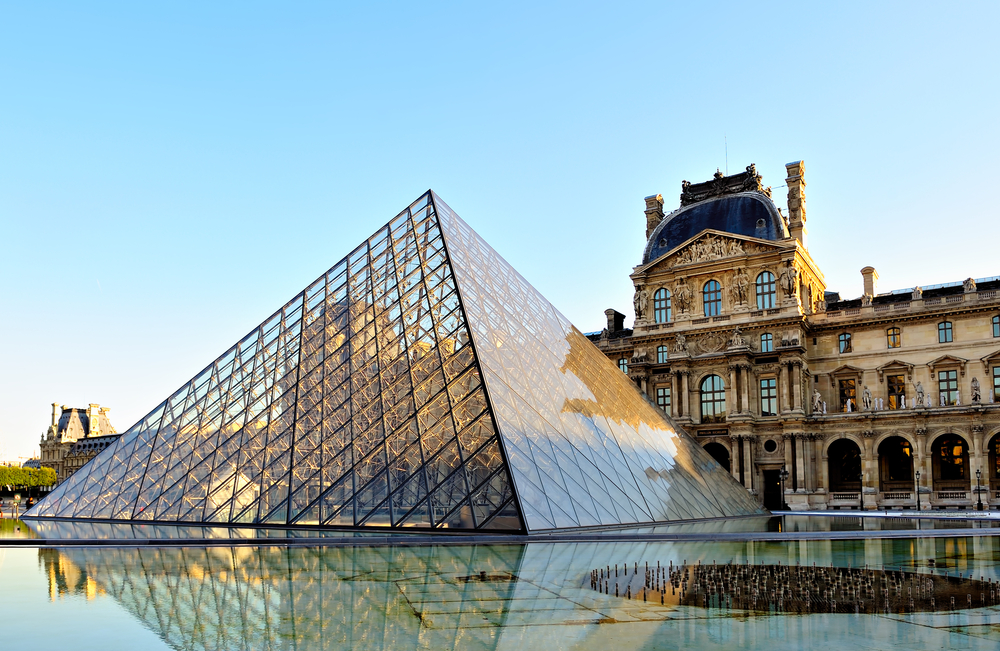
Paris has a long story to tell, dating back to the 17th century. Just like every other city, its history involves different opinions, but as they aptly say, “Though you may leave Paris, Paris never really leaves you.” -Janice Macleod.
The Beginning
Until the 1800s, Paris was viewed as the hub of diseases, unhealthy conditions, and a high rate of mortality. Out of every seven newborns, only three survived. It had poor sanitation, small houses, an increasing population, poor road network,s and bad sewer conditions. The streets were dark, dangerous, and congested, where air & light could rarely enter.

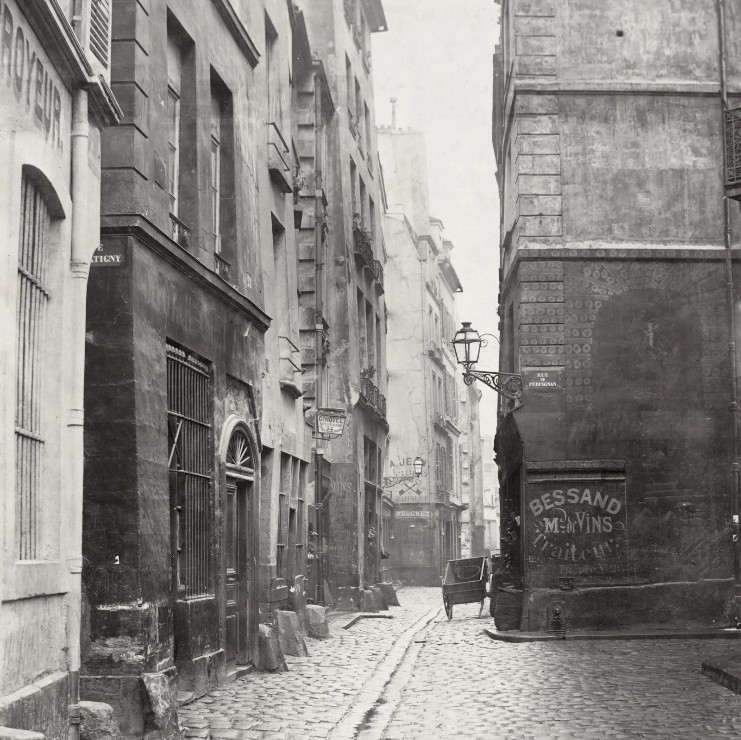

To counter such problems, Napoleon III, the President of France at that time, appointed Georges Eugène Haussmann, a public administrator, for the iconic rebuilding of the city.
“aérer, unifier, et embellir Paris” (air, unify and beautify) – Napoleon III
The Rebuilding
The very first task given by Napoleon III to Haussmann was to give air, light and beauty to the city. The grid-patterned planning was an accurate choice made by Haussmann to minimise the haphazardness of the congested streets. Boulevards and radiating streets from the Arc de Triomphe were thought out and ultimately brought to life. A total of twelve streets radiated, out of which four were in the cardinal directions, and the rest eight were traced back to different locations of the city.
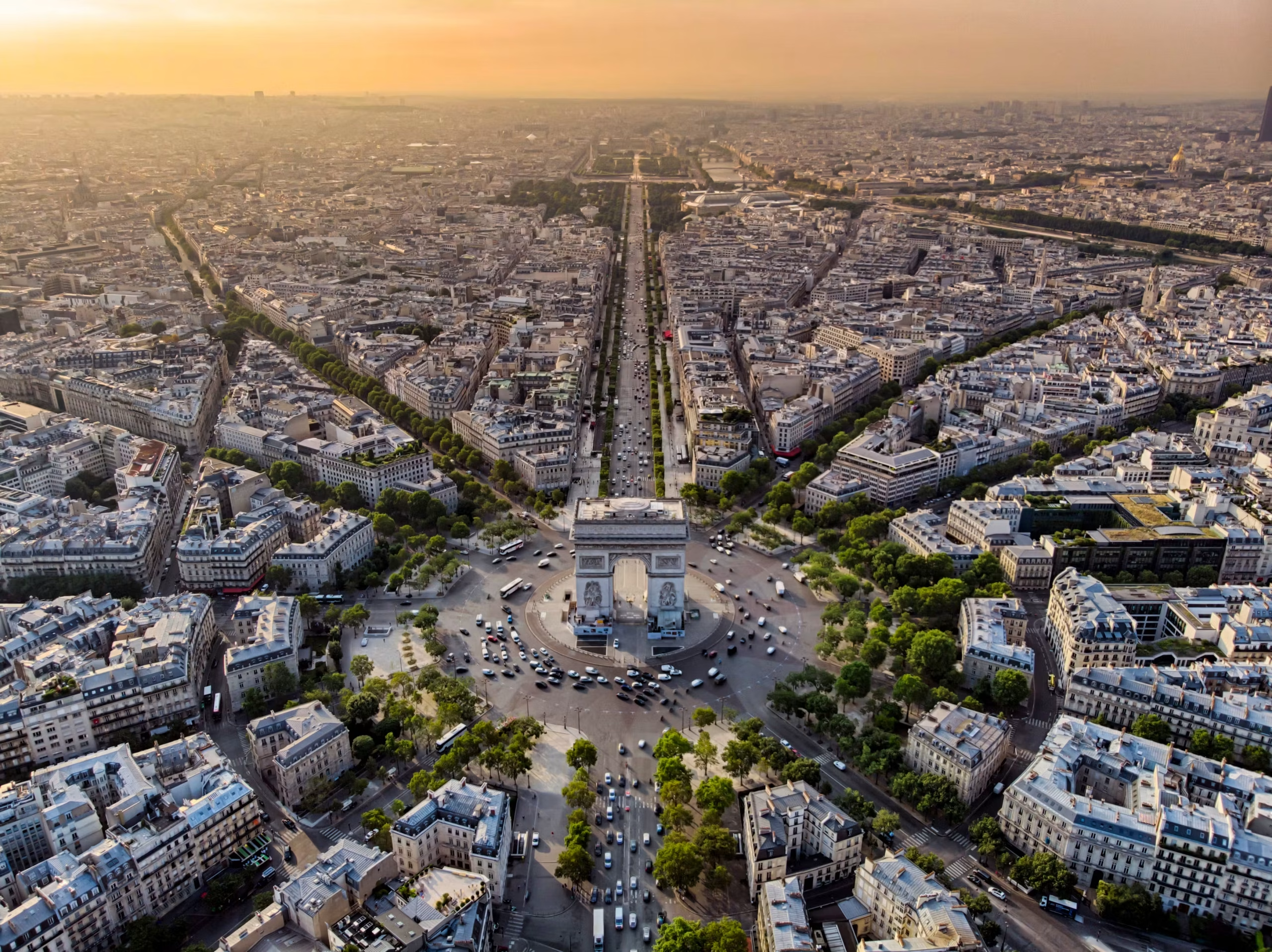
Rue de Rivoli was the very first boulevard built by Haussmann, which later served as a model for others. Urban squares being placed at different junctions and intersections of the city gave a feeling of openness and also eliminated the stinkiness of the streets.
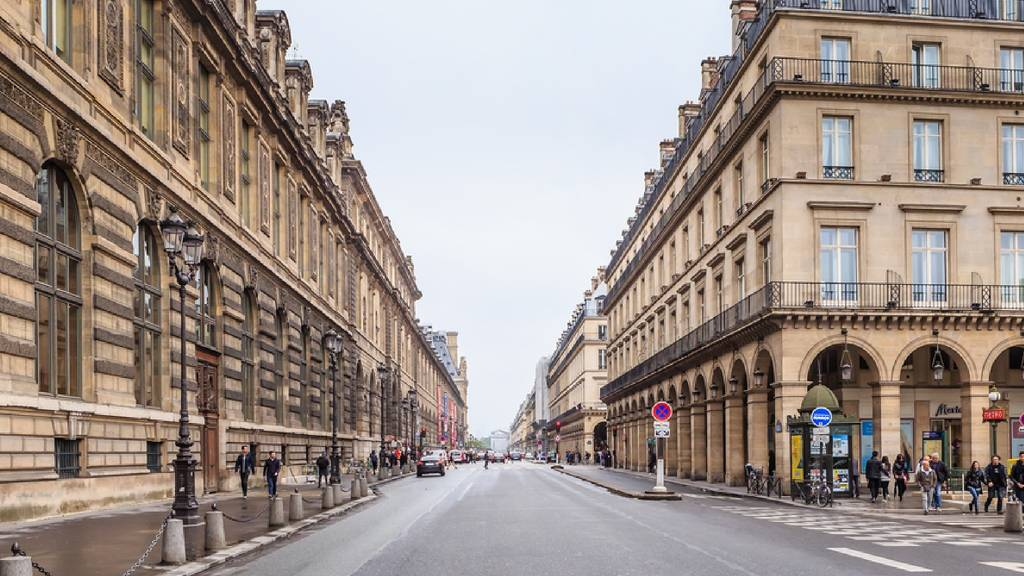
The impressive transformation of narrow roads into broad ones is worthy of appreciation, where earlier 5 meters was the only available maximum width of the widest road of the city!
These roads were transformed into wide boulevards that effectively improved the circulation and transport patterns of the city, which allowed free flow of trade and thus was a big advantage for business. Services below roads were taken into consideration and sewer systems were rebuilt. Miles long pipes were used for gas supply, which were used for streetlights throughout Paris. Many neighbourhoods were turned into single broad avenues.
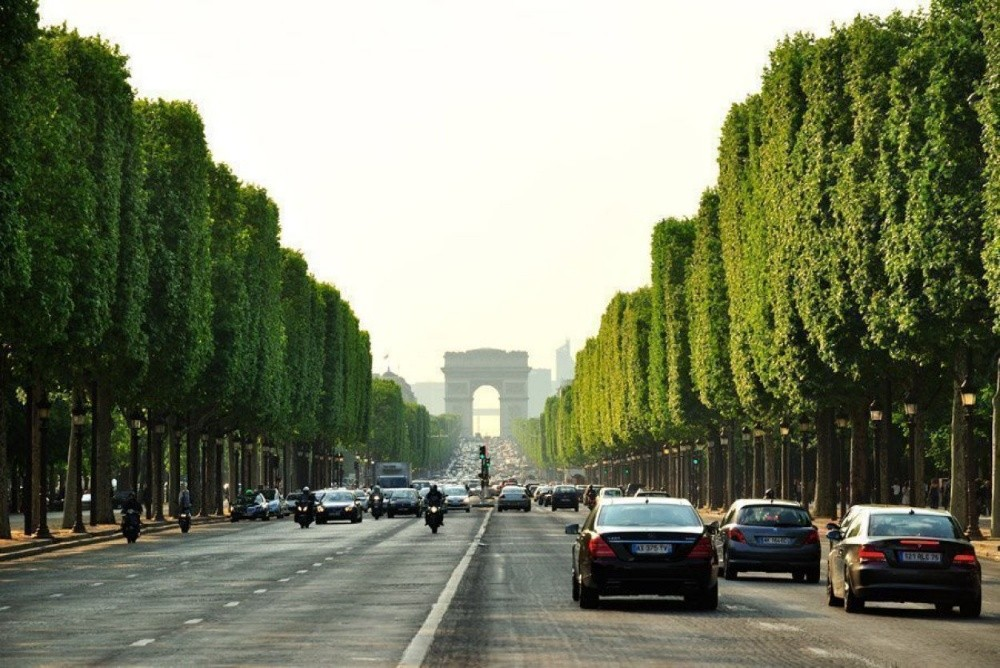
The small 5 square meter houses were replaced by 5-story apartment blocks. Windows were made larger so they could occupy larger portions of the facade for maximum gain of daylight into the interiors. Haussmann strictly made sure that the facades and the typical pitched roofs of all the buildings maintained homogeneity throughout, while interiors can depend upon the choices of the owners and inhabitants.
From decorative and intricate details of the facade, iron balconies, classic limestone exteriors, to cobblestone streets that perfectly complemented the surrounding buildings, Haussmann had definitely endeavoured to do everything.
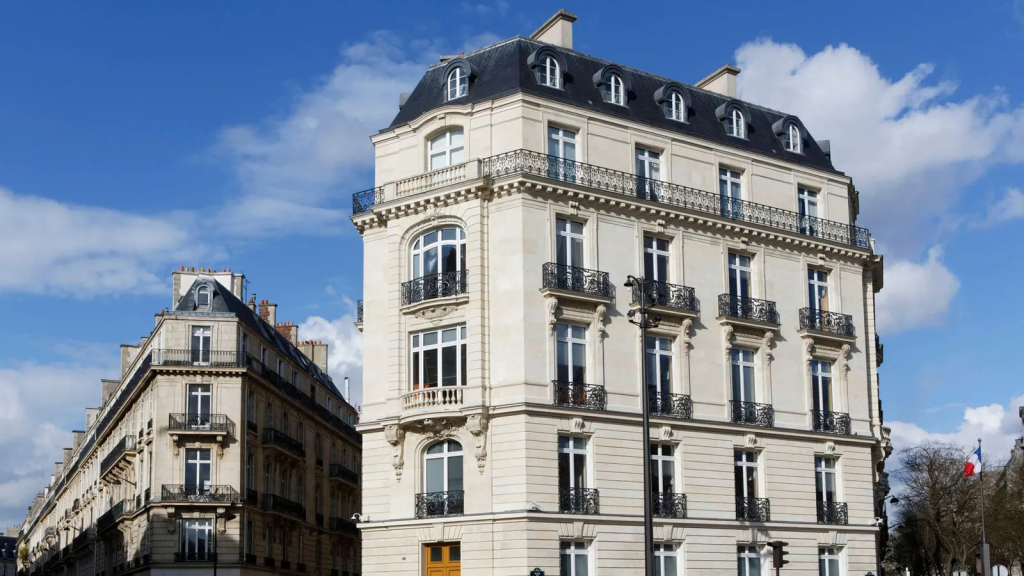
The Criticism
Haussmann is one of the most controversial planners to date. He was heavily criticised for his Paris renovation plans back then. The social and political disruptions were very high during those times. Revolutions and wars broke out in response to Haussmann’s ideas and concepts.
In Haussmann’s plan of Paris, the existing city was to be ripped off and about 34,000 new buildings were to be constructed, and about 20,000 buildings were to be demolished. Lakhs of people were relocated, and they lost their houses and lands. The dramatic rise in the rent was also seen, which caused great trouble to the economically weaker sections of society.

Haussmann was blamed for not providing enough low-income housing and was criticised for segregating the rich and the poor for monetary profit. His concept of avenues did not go well with the extremists, and his idea was termed as imperialistic. Many small streets were eliminated to bring in space for broad roads, which dislocated hundreds of people. It is believed that Haussmann even demolished the house where he was born.
“His work caused more damage than 100 bombings.” – René Héron de Villefosse
The great criticism led to the downfall of the Napoleonic III Empire, where he was overthrown by politically and socially driven societies. Haussmann was criticised so much that he was asked to resign, but even after his resignation, work on his plans and layouts continued for years.

Haussmann was neither an architect nor an urban planner, but despite this fact, he did a commendable job in making Paris what it is today. Being a public servant, he hoped for a better future for his people and was even successful in drastically improving the living conditions of the Parisians. He unified different neighbourhoods of the city into a coherent unit and gave Paris superb architectural infrastructure, which in turn resulted in the world’s most potentially growing economy.
There are an infinite number of opinions regarding Haussmann’s Renovation, but the fact is that history has already been made.




















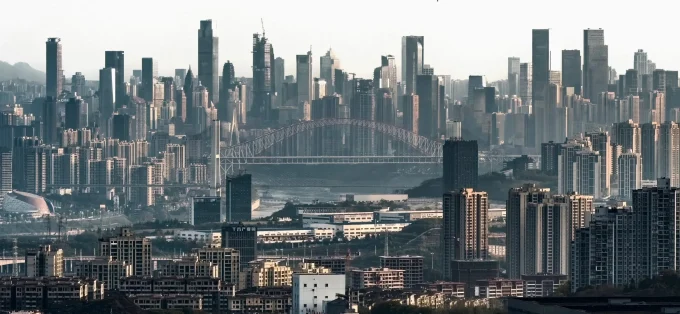

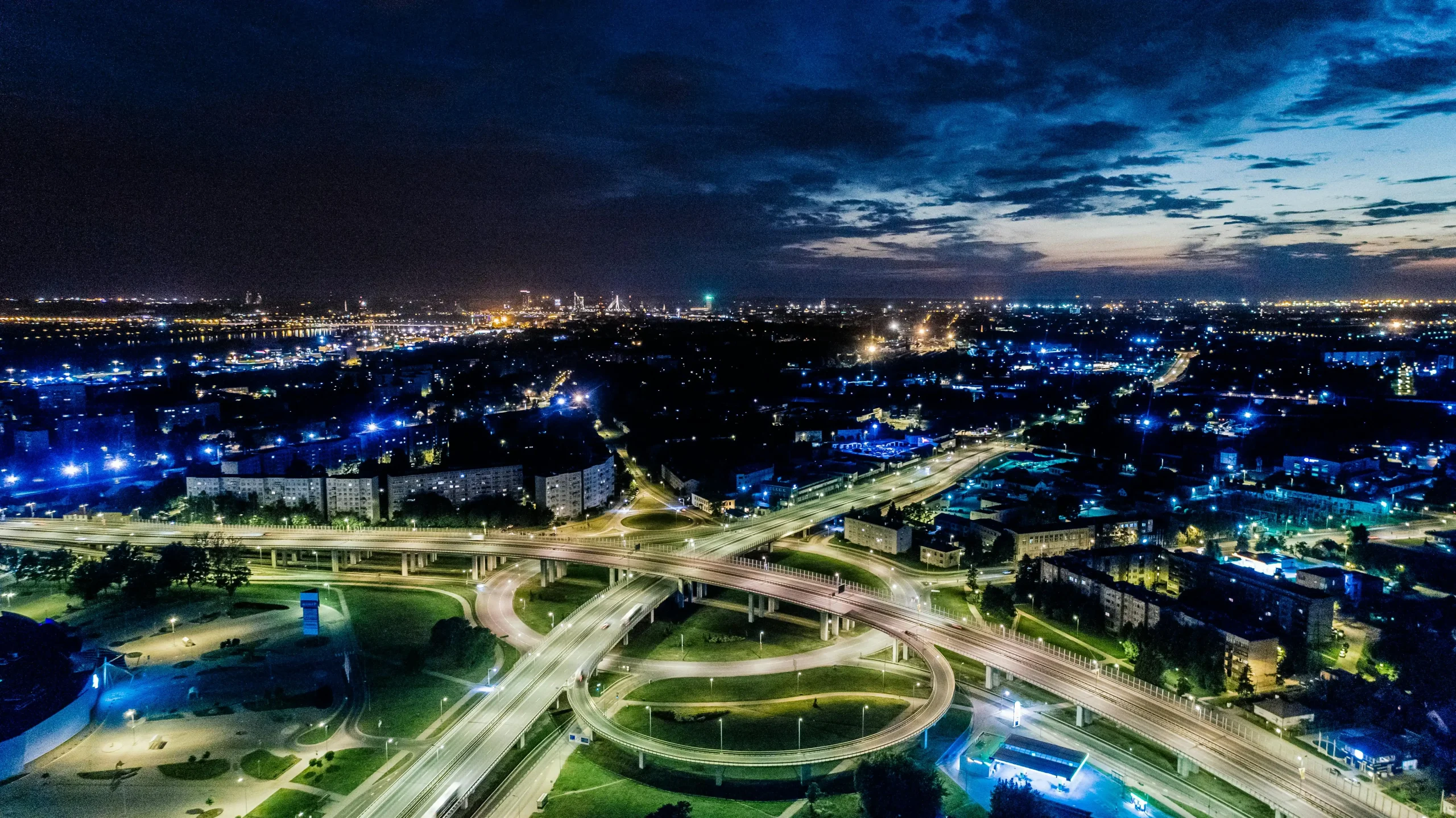
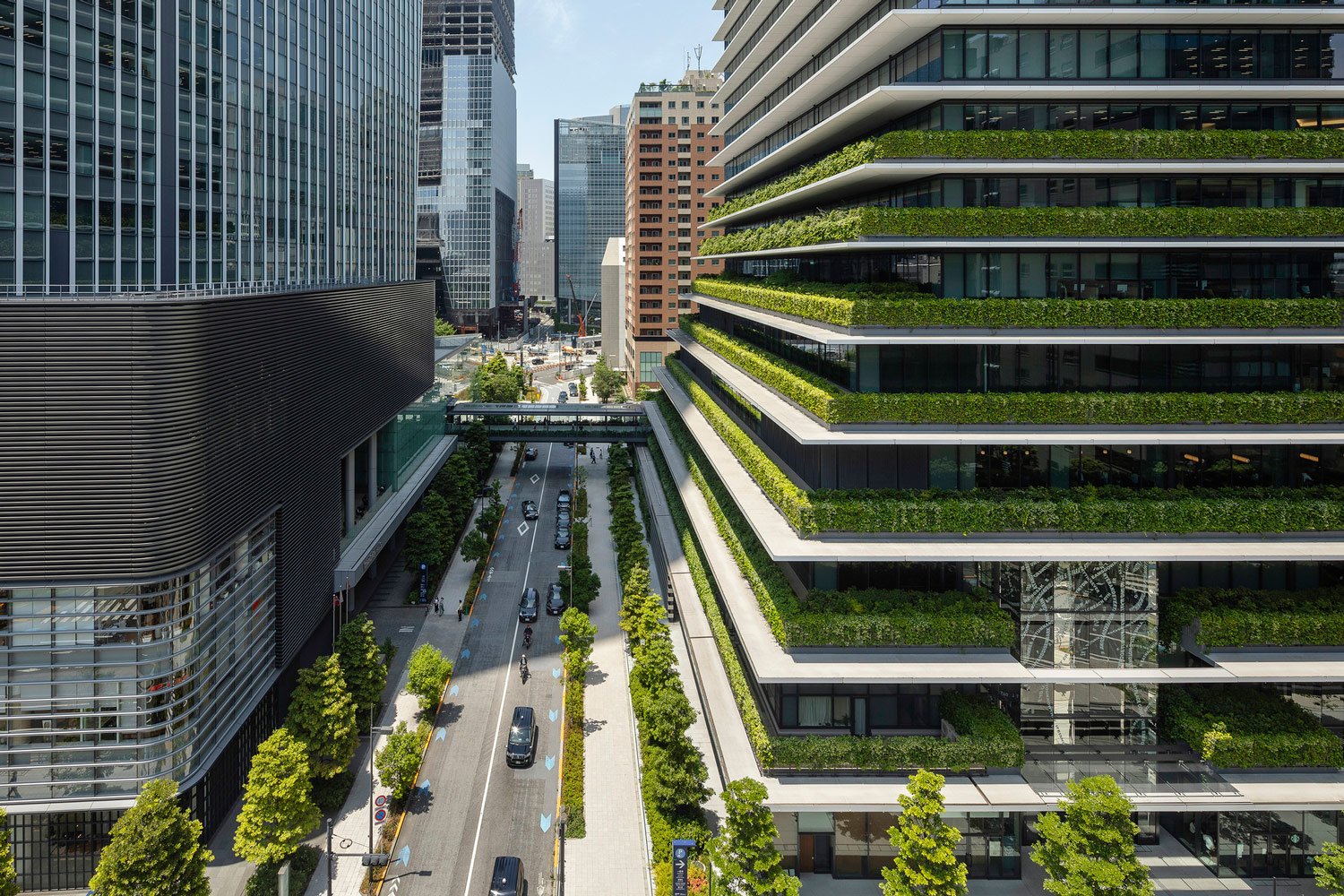




Leave a comment